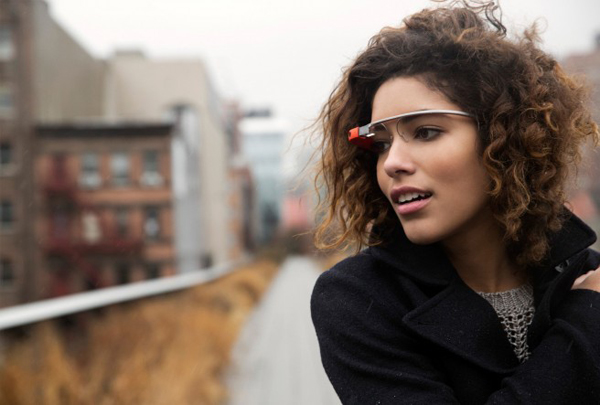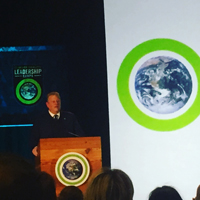
Last week, Credit Suisse published an interesting report tracking the growing market of wearbale technologies. As we’ve noted in various Label Networks’ Youth Culture studies and Future Consumer Reports, wearable technologies are quickly becoming not only key components to one’s individual style, but can be the defining fashion statement overall.
Ranging from watches to designer headphones, which have clearly made their way into leading-edge fashion trade shows such as Agenda and Project, to owning the latest iPhone and backpack equipped for music listening devices, such wearable technologies are opening the accessories category and changing spending patterns for a new tech-savvy generation that prefers in many cases, the latest electronics over a new pair of denim jeans.
In the Credit Suisse report, which talked about devices such as Google’s Internet-connected eyewear, Apple’s smartwatch, and Nike’s FuelBand, they predict the market to grow from $3-$5 billion today, to between $30-$50 billion in the next 5 years.
According to an interview between BofF and Margit Wennmachers, a partner at Andreessen Horowitz, one of several venture capital funds looking to invest in wearable technologies, it’s just a matter of time before fashion is transformed by the growth of such new apps and applicable computing technology.
“We’re very bullish on the idea of ubiquitous computing, which has been an idea our industry has had since the late 1980s. The essential idea is that computers will be everywhere — they’ll be in your glasses, they’ll be part of your clothing,” said Wennmachers to BoF. “We already see people bringing their smartphones with them everywhere and reaching for them first thing in the morning so we know people want a computer with them at all times — to help them figure what they need to do or where to go or how to get there or to learn more about the person they’re about to meet with. Google Glass is just a less obtrusive, always there, always on extension of that same idea.”

Interestingly, while many luxury labels and high-end fashion designers don’t necessarily think about the wearable technologies space, streetwear and youth culture brands have been at the forefront of the scene, incorporating style elements with the social value that comes from having the latest designer headphones, for example.
Nixon, Flud, SkullCandy, and a variety of brands that integrate technical components such a music listening capabilities into jackets and backpacks such as Burton and Oakley, have been on the forefront of challenging the status quo of “what is fashion” in the sense of youth culture today. The shift in spending patterns also illustrates that while the economy is still challenging, where young people are choosing to spend their discretionary income has changed dramatically (see also our Spring Youth Culture Study 2013).
This is not a trend that’s going to fade, just as the fast-pace of changing technologies continues to increase. However fashion brands that don’t lean outside of their comfort zones will be the ones that miss a market opportunity.



